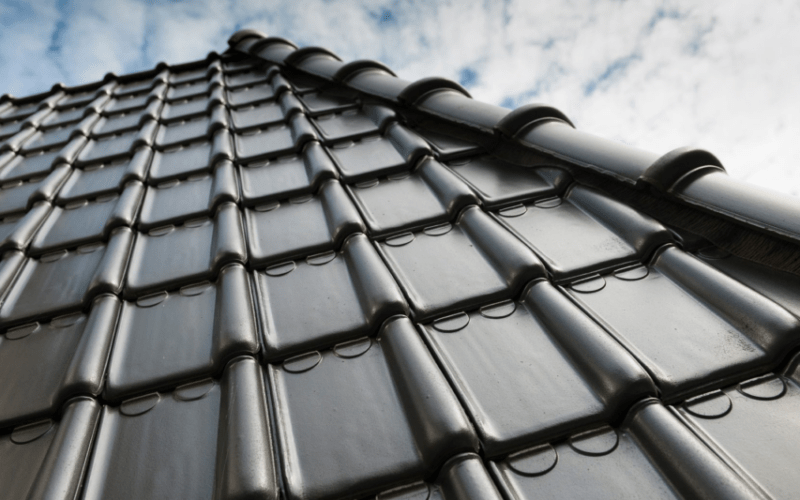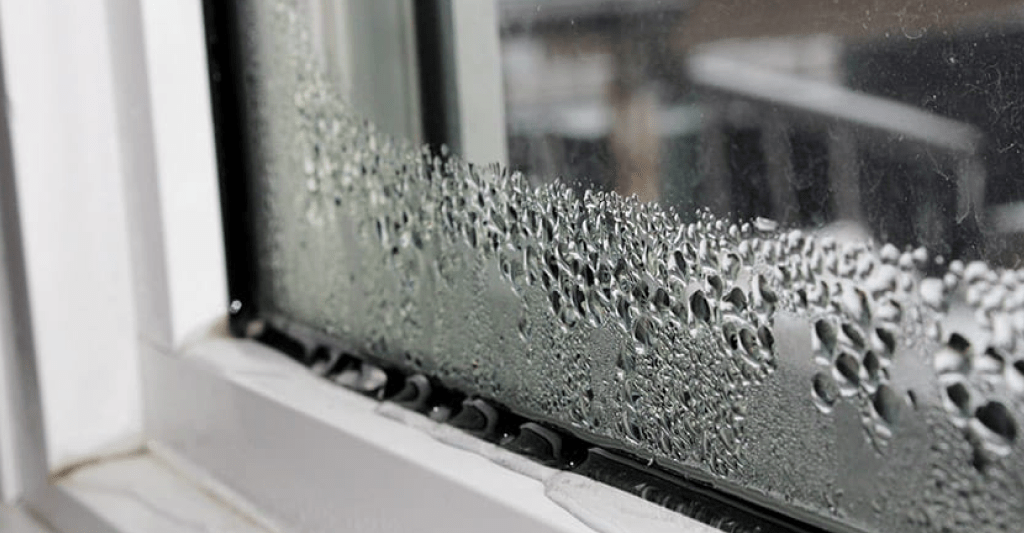
Glass surfaces may fog up, and water can leak when the temperature outside drops. Most of the extra moisture in a house comes from condensation, which is often mistaken for a broken product. Make sure you open a window in kitchen and bathroom when in use
With our advice, you can prevent condensation from weakening your window frames and doors and maintain a consistently dry environment in your house.
Can you explain the process of condensation?

Humidity in the air causes condensation when it falls upon a cold surface. Your A&L windows and doors have glass, which is a transparent material that reveals the earliest stages of condensation more than your internal wall. Condensation, if not controlled, may weaken the framework of aluminum and other window and door components, so you should prevent moisture, or it may cause structural damage.
Aluminium window and door condensation
Due to aluminum’s capacity to transport heat, the temperature of the material in aluminum windows and doors will alter to match the air temperature surrounding it. The likelihood of condensation increasing as ambient temperature decreases is directly proportional to the degree to which the aluminum frame is exposed to the cold.
Origins of Condensation
The popular belief that condensation is due to damaged or low-quality windows and doors is not true. On the other hand, this is not the situation. Condensation problems are often caused by high indoor humidity.Dirt2tidy
Damage to your house’s structure and health issues, such as mold and rot, may result from excessive humidity within your home. Condensation on glass may be a good apparent sign if humidity levels are too high, since this sort of damage commonly occurs unobserved inside your home’s hollow walls.
Modern home condensation
Newer houses are better insulated and have fewer draughts than older ones. When less air is being exchanged with the outside, energy costs are reduced, but humidity levels within are raised. Your new house may suffer from a problem called condensation, which you probably never had in your previous one. Humid air is trapped inside due to the new airtight windows.
Modifications to one’s way of life
The way your family lives may also affect the amount of moisture in the air inside your home. Humidity is raised during the processes of cooking, taking a lengthy shower or bath, using a sauna or spa, and doing laundry.
Different kinds of these and other activities that make moisture can cause condensation to happen in some homes and not in others.
Reducing Condensation Within
High humidity within a building is the most common cause of condensation on the inside of glass, therefore, keeping your indoor humidity levels under check is crucial. The use of extractor fans in kitchens and bathrooms will be a good idea.
Taking Care of Roof Condensation
Condensation occurs in attics if the ventilation and insulation, or “air bricks,” aren’t properly balanced.
At any time of year when the surface temperature falls below the dew point, condensation may accumulate to varying degrees on the underside of any roofing material. The climatic conditions don’t have to be ideal for something to occur. To avoid moisture buildup in insulation and interior lining materials, condensation must be evacuated to the exterior of the structure.
If you want to keep your house dry and avoid condensation from forming, consider the following:
- Put in double paned glass windows for further insulation. Double-paned windows can withstand higher relative humidity levels inside before fogging up.
- Raise the typical indoor temperature by two degrees. Condensation may be drastically reduced under certain situations.
- Let air to flow by opening the blinds. When the blinds are closed, the area between the window and the blinds becomes an insulating thermal mass. When the air cools, condensation forms and water vapour is released.
- If you want to direct warm air from the room towards the windows, turn on the ceiling fan.
- Move air ducts now located above windows and patio doors. Don’t put anything that might potentially get in the way in front of a vent that provides heat. The strategic arrangement of these vents ensures uniform airflow throughout the dwelling.
- Air movement reduces the amount of moisture in the air and improves the efficiency with which heat is distributed.
- Doorways should be left open in unheated or unoccupied interior spaces. By doing so, you help ensure that the whole home has enough ventilation.
- Every piece of equipment should have an external vent. Keep a door or window open in the laundry room when using the dryer.
- It is important to turn on the vent fans in the bathroom and kitchen.
- Ensure there is no lint or other debris blocking any vents.
- When the weather outside becomes cooler, reduce the humidity level in your home by turning your humidifiers down.
Limiting Condensation on the Outside
Condensation on the outside of your house may produce the same problems as condensation on the inside, even if you don’t notice it right away. When the temperature of the outside of the glass drops below that of the air around it, moisture will form on that surface.
There are a few things you can do to reduce the amount of condensation that forms on the outside:
If you close the drapes or blinds, it might make the air conditioning less effective.
To improve ventilation, outside shrubbery near windows should be removed or trimmed.





